Top 10 Best Web Application Firewall (WAF) Solutions In 2025

In 2025, web applications are no longer just static websites; they are dynamic, complex ecosystems that serve as the primary interface between businesses and their customers. This makes them a prime target for cybercriminals.
Traditional network firewalls and intrusion prevention systems (IPS) are often blind to application-layer attacks, leaving web applications vulnerable to exploits like SQL injection, cross-site scripting (XSS), and a myriad of other threats outlined in the OWASP Top 10.
To combat this, a Web Application Firewall (WAF) is a critical security control.
A WAF acts as a reverse proxy, sitting in front of a web application and analyzing all incoming HTTP/S traffic. It filters out malicious requests and blocks them before they can reach the application server.
The modern WAF has evolved into a comprehensive Web Application and API Protection (WAAP) platform, integrating features like API security, bot management, and DDoS mitigation.
For 2025, the best WAF solutions are those that offer a blend of robust protection, intelligent automation, and ease of use, all while adapting to the dynamic nature of modern application development.
This article provides a detailed review of the Top 10 Best WAF Solutions in 2025, highlighting their unique strengths and why they are leading the charge in application security.
Why A WAF Is A Non-Negotiable In 2025
The threat landscape for web applications is constantly evolving. Attackers are using more sophisticated, automated tools to find and exploit vulnerabilities. Here’s why a robust WAF is essential:
Rise of API Attacks: The shift to microservices and API-driven applications has created a new, expanded attack surface. A WAF with integrated API security is crucial to protect against API-specific threats like Broken Object Level Authorization (BOLA).
Sophisticated Bots: Malicious bots are responsible for a significant percentage of web traffic, used for everything from credential stuffing and web scraping to denial-of-service attacks. Modern WAFs need advanced bot management to differentiate between good and bad bots.
Zero-Day Vulnerabilities: The time between a vulnerability being discovered and its exploitation is shrinking.
A WAF’s virtual patching capability can provide a critical layer of defense, blocking exploit attempts before a patch can be applied to the application code.
DevSecOps Integration: Modern application development is agile. The best WAFs integrate seamlessly into CI/CD pipelines, allowing for security to be a continuous part of the development process, not an afterthought.
The WAF solutions on this list are not just about blocking bad traffic; they are about providing a comprehensive, intelligent, and scalable security layer for the applications that drive today’s digital businesses.
Comparison Table: Top 10 Best WAF Solutions 2025
| Company | Cloud-Native WAF | API Security | Bot Management | DDoS Mitigation | Virtual Patching | DevSecOps Integration |
|---|---|---|---|---|---|---|
| Wallarm | ✅ Yes | ✅ Yes | ✅ Yes | ✅ Yes | ✅ Yes | ✅ Yes |
| F5 | ✅ Yes | ✅ Yes | ✅ Yes | ✅ Yes | ✅ Yes | ✅ Yes |
| Barracuda | ✅ Yes | ✅ Yes | ✅ Yes | ✅ Yes | ✅ Yes | ✅ Yes |
| AppTrana WAAP | ✅ Yes | ✅ Yes | ✅ Yes | ✅ Yes | ✅ Yes | ✅ Yes |
| AWS | ✅ Yes | ✅ Yes | ✅ Yes | ❌ No | ❌ No | ✅ Yes |
| Microsoft Azure | ✅ Yes | ✅ Yes | ✅ Yes | ❌ No | ❌ No | ✅ Yes |
| Akamai | ✅ Yes | ✅ Yes | ✅ Yes | ✅ Yes | ✅ Yes | ✅ Yes |
| Fortinet FortiWeb | ✅ Yes | ✅ Yes | ✅ Yes | ✅ Yes | ✅ Yes | ✅ Yes |
| Cloudflare | ✅ Yes | ✅ Yes | ✅ Yes | ✅ Yes | ❌ No | ✅ Yes |
| Imperva | ✅ Yes | ✅ Yes | ✅ Yes | ✅ Yes | ✅ Yes | ✅ Yes |
Let’s Explore Best Web Application Firewall Solutions
1. Wallarm
.webp)
Why We Picked It:
Wallarm stands out for its deep integration of AI and its focus on both traditional web applications and the rapidly expanding API attack surface.
Many WAFs are good at blocking known threats, but Wallarm’s strength lies in its ability to discover and protect new APIs automatically.
Its platform goes beyond a simple rule-based WAF, offering a complete solution for application discovery, vulnerability testing, and threat blocking in real-time.
This proactive and automated approach is essential for modern, cloud-native environments where application code and APIs are constantly changing.
Specifications:
Wallarm’s platform provides a suite of security tools, including a WAF, API security, and a vulnerability scanner. It uses an AI-powered detection engine that automatically learns the normal behavior of an application and blocks anomalous traffic.
Key features include API Discovery, which automatically catalogs all APIs, and Virtual Patching, which can create and deploy custom rules to block exploits for newly discovered vulnerabilities.
It offers flexible deployment options, including as a cloud-native service, a Kubernetes module, or an on-premise appliance.
Reason to Buy:
If your organization has a large and growing number of APIs and a dynamic, cloud-native environment, Wallarm is a top-tier choice.
Its ability to automatically discover and protect APIs, combined with its AI-driven threat detection, makes it a perfect fit for a DevSecOps-centric organization that needs security to keep pace with rapid development.
Features:
- AI-Powered Threat Detection: Uses machine learning to identify and block novel threats.
- Automated API Discovery: Automatically finds and catalogs all APIs and their data models.
- Virtual Patching: Creates custom rules to block exploits for zero-day vulnerabilities.
- DevSecOps Integration: Seamlessly integrates with CI/CD pipelines and Kubernetes environments.
- Real-time Blocking: Provides immediate protection without the need for manual rule updates.
Pros:
- Excellent for API-first and cloud-native environments.
- AI-driven intelligence reduces the need for manual tuning.
- Comprehensive and automated approach to application security.
- Strong focus on vulnerability discovery and virtual patching.
Cons:
- Can be more expensive than basic WAFs.
- The extensive feature set might have a learning curve.
✅ Best For: Organizations with dynamic, cloud-native architectures that are heavily reliant on APIs and need an automated, AI-driven security solution.
🔗 Try Wallarm WAF here → Wallarm Official Website2. F5
.webp)
Why We Picked It:
F5 is an industry giant for a reason. We chose the F5 BIG-IP Advanced WAF because it offers unparalleled security efficacy and granular control, making it the gold standard for large-scale, mission-critical applications.
The solution goes far beyond the basics, with innovative features like client-side protection against JavaScript-based attacks and powerful behavioral analysis to stop advanced bots.
Its robust feature set and a long-standing reputation make it a trusted choice for organizations with complex security needs.
Specifications:
F5 BIG-IP Advanced WAF provides comprehensive protection against the OWASP Top 10, bot attacks, and application-layer DDoS.
It includes features like behavioral analysis, anti-bot mobile SDK, and client-side threat protection.
It can be deployed as a physical or virtual appliance, or as a service in cloud environments, providing flexibility for a variety of architectures.
Reason to Buy:
If your organization needs a highly configurable, high-performance WAF for a large-scale, complex enterprise environment, F5 BIG-IP Advanced WAF is an ideal solution.
Its robust feature set, including advanced bot and API protection, makes it a future-proof investment for securing critical applications.
Features:
- Advanced Bot Protection: Uses behavioral analysis and fingerprinting to stop sophisticated bots.
- Client-Side Protection: Defends against attacks like web skimming and Magecart.
- API Security: Provides comprehensive protection for both REST and GraphQL APIs.
- Threat Campaigns: Uses F5’s global threat intelligence to proactively block attacks from organized groups.
- Flexible Deployment: Available as a hardware appliance, virtual edition, and cloud-native service.
Pros:
- Exceptional security efficacy.
- Highly customizable and granular control.
- Comprehensive feature set, including advanced bot and API security.
- Trusted by large enterprises and financial institutions.
Cons:
- Can be complex to configure and manage.
- Higher price point compared to some cloud-native WAFs.
✅ Best For: Large enterprises and organizations with complex, mission-critical applications that require a high-performance, highly configurable WAF.
🔗 Try F5 BIG-IP Advanced WAF here → F5 Official Website3. Barracuda

Why We Picked It:
Barracuda stands out for its balance of strong security capabilities and user-friendly interface. While many enterprise WAFs can be complex, Barracuda makes it easy for organizations to deploy and manage a powerful WAF.
We chose it because it’s an excellent “all-rounder” that provides comprehensive protection against the OWASP Top 10, bot attacks, and DDoS, all while being agile and DevOps-ready.
Its ability to offer protection in various form factors (on-prem, cloud-native) makes it highly versatile.
Specifications:
Barracuda WAF protects web applications and APIs from a variety of threats, including the OWASP Top 10, zero-day vulnerabilities, and sophisticated bots.
It features machine learning for advanced bot protection and provides unmetered DDoS protection.
It can be deployed as a hardware appliance, a virtual appliance, or as a cloud-native service.
Reason to Buy:
If your organization needs a WAF that is powerful yet simple to deploy and manage, Barracuda is an excellent choice.
It’s perfect for organizations that need comprehensive protection without the steep learning curve and administrative overhead often associated with other enterprise-grade solutions.
Features:
- Advanced Bot Protection: Uses machine learning to identify and block malicious bots.
- Unmetered DDoS Protection: Shields applications from large-scale denial-of-service attacks.
- API Security: Protects REST and other APIs with a positive security model.
- DevOps-Ready: Features a full REST API for seamless integration with CI/CD pipelines.
- Unified Management: Provides a centralized dashboard for managing security policies across all deployments.
Pros:
- Easy to deploy and manage.
- Strong all-around protection against a variety of threats.
- Flexible deployment options.
- Unmetered DDoS protection is a valuable feature.
Cons:
- Some advanced features may not be as granular as F5 or Imperva.
- Can be more expensive than some public cloud WAFs.
✅ Best For: Organizations that need a comprehensive, easy-to-use, and highly versatile WAF solution with robust features and flexible deployment.
🔗 Try Barracuda Web Application Firewall here → Barracuda Official Website4. AppTrana
.webp)
Why We Picked It:
AppTrana distinguishes itself by bundling a vulnerability scanning service and a managed WAF into a single, unified platform.
This “risk-based” approach ensures that vulnerabilities are not only identified but also instantly patched virtually by a dedicated security team.
This solves one of the biggest WAF pain points: the need for constant management and tuning.
We chose AppTrana for its guarantee of security with a hands-off approach for the client, making it a highly attractive option for businesses that lack a large, dedicated security team.
Specifications:
AppTrana is a fully managed cloud WAAP solution that includes a WAF, DDoS mitigation, bot protection, and a DAST (Dynamic Application Security Testing) scanner.
The platform uses a team of security experts to provide managed services, including false positive testing, vulnerability validation, and autonomous virtual patching.
Reason to Buy:
If your organization needs a complete, hands-off WAAP solution that provides a managed service and a guarantee of security, AppTrana is an excellent choice.
It’s ideal for businesses that want enterprise-grade protection without the burden of having to manage a complex WAF on their own.
Features:
- Managed Service: A dedicated team of experts manages and tunes the WAF.
- Integrated DAST Scanner: Continuously scans for vulnerabilities and provides virtual patches.
- Zero False Positive Guarantee: Ensures that legitimate traffic is not blocked.
- Autonomous Patching: Automatically creates and deploys virtual patches for newly discovered vulnerabilities.
- Unmetered DDoS Protection: Protects against application-layer DDoS attacks without extra cost.
Pros:
- Hands-off managed service with expert support.
- Integrated vulnerability scanning provides a complete view of risk.
- Guarantees zero false positives.
- Excellent for organizations with limited security resources.
Cons:
- May not be suitable for organizations that need full control over their WAF.
- Pricing can be higher for the managed service.
✅ Best For: Organizations that need a comprehensive, fully managed WAAP service with an integrated vulnerability scanner and a guarantee of security.
🔗 Try AppTrana WAAP here → AppTrana Official Website5. AWS
.webp)
Why We Picked It:
AWS WAF is the de facto choice for organizations that are already deeply invested in the AWS ecosystem.
We chose it for its native integration, ease of deployment, and a pay-as-you-go pricing model that makes it highly scalable and cost-effective.
While it may not have all the advanced features of a standalone WAF, its seamless integration with other AWS services and the ability to combine it with AWS Shield for DDoS protection makes it a powerful and logical choice for many businesses.
Specifications:
AWS WAF allows you to create custom rules to filter web traffic based on IP addresses, HTTP headers, URI strings, and more.
It offers a variety of managed rules for protection against the OWASP Top 10, bot attacks, and other threats.
It is a cloud-native service that is integrated with AWS services and offers a simple, pay-as-you-go pricing model.
Reason to Buy:
If your web applications are hosted on AWS, using AWS WAF is the most straightforward and cost-effective way to secure them.
Its native integration and simple pricing model eliminate the complexity and cost of deploying a third-party WAF, allowing you to focus on building your application.
Features:
- Native AWS Integration: Seamlessly integrates with Amazon CloudFront, Application Load Balancer, and other AWS services.
- Custom Rules: Allows you to create highly granular rules for traffic filtering.
- Managed Rules: Provides pre-configured rulesets for protection against common threats.
- Pay-as-You-Go Pricing: Only pay for the rules and requests you use, making it highly scalable.
- API Protection: Can be used to protect APIs hosted on API Gateway.
Pros:
- Deeply integrated into the AWS ecosystem.
- Highly scalable and cost-effective pricing.
- Simple to deploy for AWS users.
- Managed rules reduce the need for manual configuration.
Cons:
- Lacks some advanced features like behavioral analysis and virtual patching.
- Only suitable for organizations operating within AWS.
✅ Best For: Organizations that are fully invested in the AWS cloud ecosystem and need a simple, scalable, and cost-effective WAF.
🔗 Try AWS WAF here → AWS WAF Official Website6. Microsoft Azure
.webp)
Why We Picked It:
Similar to AWS WAF, Azure WAF is the native solution for organizations using the Azure cloud. We chose it because it offers deep integration with other Azure services and provides a robust, scalable security layer for applications.
Its managed rules are constantly updated with threat intelligence, and its ability to be deployed in front of multiple applications makes it a powerful and efficient solution for organizations running on Azure.
Specifications:
Azure WAF provides centralized protection for web applications, including detection against the OWASP Top 10.
It supports managed and custom rules and can be deployed with Azure Application Gateway. It also includes bot protection and a high-performance, scalable architecture.
Reason to Buy:
If your organization is a Microsoft-centric business or runs its applications on Azure, Azure WAF is the most logical choice.
Its deep integration with the Azure ecosystem, coupled with its robust feature set and scalability, makes it a highly effective and efficient solution for securing your web applications.
Features:
- Native Azure Integration: Seamlessly integrates with Azure Application Gateway and other Azure services.
- Managed and Custom Rules: Provides pre-configured rulesets and the ability to create your own.
- Centralized Management: A single WAF can protect multiple applications, simplifying management.
- Scalable Architecture: Scales automatically to handle traffic spikes.
- API Protection: Can be used to protect APIs hosted on Azure.
Pros:
- Deep integration with the Azure ecosystem.
- Centralized and easy management.
- Robust and scalable architecture.
- Managed rules are constantly updated.
Cons:
- Not suitable for organizations outside of the Azure cloud.
- Lacks some of the more advanced features of standalone WAAP platforms.
✅ Best For: Organizations with web applications and APIs hosted on the Microsoft Azure cloud, needing a scalable and integrated WAF.
🔗 Try Microsoft Azure WAF here → Microsoft Azure WAF Official Website7. Akamai
.webp)
Why We Picked It:
Akamai’s App & API Protector is a premium WAAP solution that stands out for its unmatched scale, performance, and security efficacy.
By leveraging Akamai’s global network, the solution can stop attacks at the edge, far from the application origin.
We chose it for its best-in-class security, particularly its robust bot management and client-side protection, and its ability to provide a complete, integrated security and performance solution.
Specifications:
Akamai App & API Protector provides a unified solution for WAF, bot mitigation, API security, and DDoS protection.
It uses a proprietary behavioral detection engine to identify and block threats with high accuracy and low false positives.
It is a SaaS-based solution that leverages Akamai’s CDN for high-performance delivery and security.
Reason to Buy:
If your organization needs a premium, high-performance WAAP solution that offers a complete security suite and leverages a massive global network, Akamai is an ideal choice.
Its ability to stop attacks at the edge and its best-in-class security features make it perfect for global enterprises with mission-critical applications.
Features:
- Superior Bot Protection: Provides sophisticated defense against all types of malicious bots.
- Client-Side Protection: Detects and blocks web skimming, formjacking, and other client-side attacks.
- API Discovery & Security: Automatically discovers and protects APIs from abuse and attacks.
- AI-Powered Threat Detection: Uses machine learning and behavioral analysis for high-efficacy security.
- Integrated CDN: Provides a single solution for both security and performance optimization.
Pros:
- Unmatched scale and performance from a global network.
- Best-in-class bot and API protection.
- High security efficacy with low false positives.
- A single, integrated platform for security and performance.
Cons:
- Can be a more expensive, premium solution.
- The extensive feature set may be more than what some organizations need.
✅ Best For: Global enterprises with high-traffic, mission-critical applications that need best-in-class security and performance from a single platform.
🔗 Try Akamai App & API Protector here → Akamai Official Website8. Fortinet FortiWeb
.webp)
Why We Picked It:
FortiWeb stands out for its strong AI and machine learning capabilities that are designed to reduce false positives and block new threats more effectively.
We chose it for its ability to provide a complete, integrated security solution for web applications and its seamless integration with the larger Fortinet ecosystem.
This makes it a great choice for organizations that are already using Fortinet products and want a unified security posture.
Specifications:
FortiWeb provides protection against the OWASP Top 10, zero-day vulnerabilities, and advanced bots.
It uses a behavioral analysis engine, a machine learning-based detection model, and a variety of other techniques to identify and block threats.
It can be deployed as a hardware appliance, a virtual appliance, or as a cloud-native service.
Reason to Buy:
If your organization is already a Fortinet customer or is looking for a WAF that is part of a comprehensive, integrated security fabric, FortiWeb is an excellent choice.
Its AI-driven features and its ability to work seamlessly with other Fortinet products provide a powerful and efficient solution for application security.
Features:
- AI-Driven Threat Detection: Uses machine learning to reduce false positives and detect new threats.
- FortiGuard Labs Threat Intelligence: Leverages Fortinet’s global threat intelligence for up-to-date protection.
- Broad Deployment Options: Available as a hardware, virtual, or cloud appliance.
- Integrated Security Fabric: Works seamlessly with other Fortinet products.
- API Security: Provides protection for APIs with automated discovery.
Pros:
- Strong AI and machine learning capabilities.
- Integrates well with the Fortinet security ecosystem.
- Offers flexible deployment options.
- Comprehensive feature set for all-around protection.
Cons:
- May be more complex to manage for non-Fortinet users.
- Pricing can be higher than some cloud-native WAFs.
✅ Best For: Organizations that are part of the Fortinet ecosystem and want a powerful, AI-driven WAF that integrates seamlessly with their existing security infrastructure.
🔗 Try Fortinet FortiWeb here → Fortinet Official Website9. Cloudflare

Why We Picked It:
Cloudflare WAF is included because it democratized WAF technology, making it easy to deploy and use for a wide range of businesses.
Its massive global network and free or low-cost plans provide exceptional value for many use cases.
While it may not have all the advanced features of a premium WAF, its simplicity, scalability, and ability to stop attacks at the edge make it an indispensable tool for many organizations.
Specifications:
Cloudflare WAF provides protection against the OWASP Top 10, including SQL injection and XSS. It offers a variety of managed rules and the ability to create custom rules.
It is a cloud-based service that leverages Cloudflare’s global network for high-performance delivery and security.
Reason to Buy:
If your organization needs a simple, easy-to-use, and highly scalable WAF that can be deployed in minutes, Cloudflare is an excellent choice.
It’s perfect for small businesses, startups, and anyone who needs a powerful security solution without the complexity and cost of a traditional WAF.
Features:
- Easy to Deploy: Can be set up in minutes without any code changes.
- Global Network: Leverages a massive global network to stop attacks at the edge.
- Managed Rulesets: Provides pre-configured rules for a variety of threats.
- Bot Management: Offers simple bot protection to block malicious bots.
- Free Plan: A basic WAF is included in the free plan, making it highly accessible.
Pros:
- Extremely easy to use and deploy.
- Highly scalable and performs well.
- Affordable and accessible to businesses of all sizes.
- Excellent for basic WAF needs and DDoS mitigation.
Cons:
- Lacks some of the advanced features of premium WAFs.
- Less granular control compared to enterprise-grade solutions.
✅ Best For: Small to medium-sized businesses and startups that need an easy-to-use, highly scalable, and cost-effective WAF.
🔗 Try Cloudflare WAF here → Cloudflare Official Website10. Imperva
.webp)
Why We Picked It:
Imperva has long been a leader in the WAF space and remains a top choice for its security efficacy and comprehensive feature set.
We chose Imperva for its ability to provide best-in-class protection against a wide range of application attacks, including advanced bot attacks and API abuse.
Its robust analytics and reporting provide deep insights into the threat landscape, making it a valuable tool for security professionals.
Specifications:
Imperva WAF provides multi-layered protection against application and API attacks. It includes advanced bot protection, DDoS mitigation, and a variety of security modules.
It offers flexible deployment options, including as a cloud service (WAAP), an on-premise appliance, or a hybrid solution.
Reason to Buy:
If your organization needs a market-leading WAF solution with a proven track record of security efficacy and a comprehensive feature set, Imperva is a top choice.
It’s ideal for large enterprises that need a robust, reliable, and highly effective solution for securing their most critical applications.
Features:
- Advanced Bot Protection: Blocks sophisticated automated attacks, including credential stuffing.
- DDoS Protection: Provides a strong layer of defense against network and application-layer DDoS attacks.
- API Security: Automatically discovers and protects all APIs from abuse.
- Behavioral Analytics: Uses machine learning to detect and block new and unknown threats.
- Flexible Deployment: Offers cloud, on-premise, and hybrid deployment options.
Pros:
- Market-leading security efficacy.
- Comprehensive feature set with advanced bot and API protection.
- Robust analytics and reporting.
- Flexible deployment for a variety of architectures.
Cons:
- Can be a more expensive, premium solution.
- The interface can be complex for new users.
✅ Best For: Large enterprises and organizations that need a market-leading, highly effective, and feature-rich WAF solution.
🔗 Try Imperva WAF here → Imperva Official WebsiteConclusion
The role of a Web Application Firewall has expanded far beyond its traditional function, evolving into a crucial component of a comprehensive Web Application and API Protection (WAAP) strategy.
In 2025, the best solutions are not just about blocking known threats but about providing an intelligent, automated, and scalable security layer that can keep pace with rapid application development.
Whether you need the deep, AI-driven protection of Wallarm, the enterprise-grade power of F5 and Imperva, the simplified security of Barracuda and AppTrana, or the native integration of AWS and Azure, the right solution for your organization is on this list.
By selecting a WAF that aligns with your specific needs, technology stack, and security maturity, you can ensure your web applications are fortified against the threats of today and tomorrow.
The investment in a robust WAF is an investment in the resilience and continuity of your digital business.
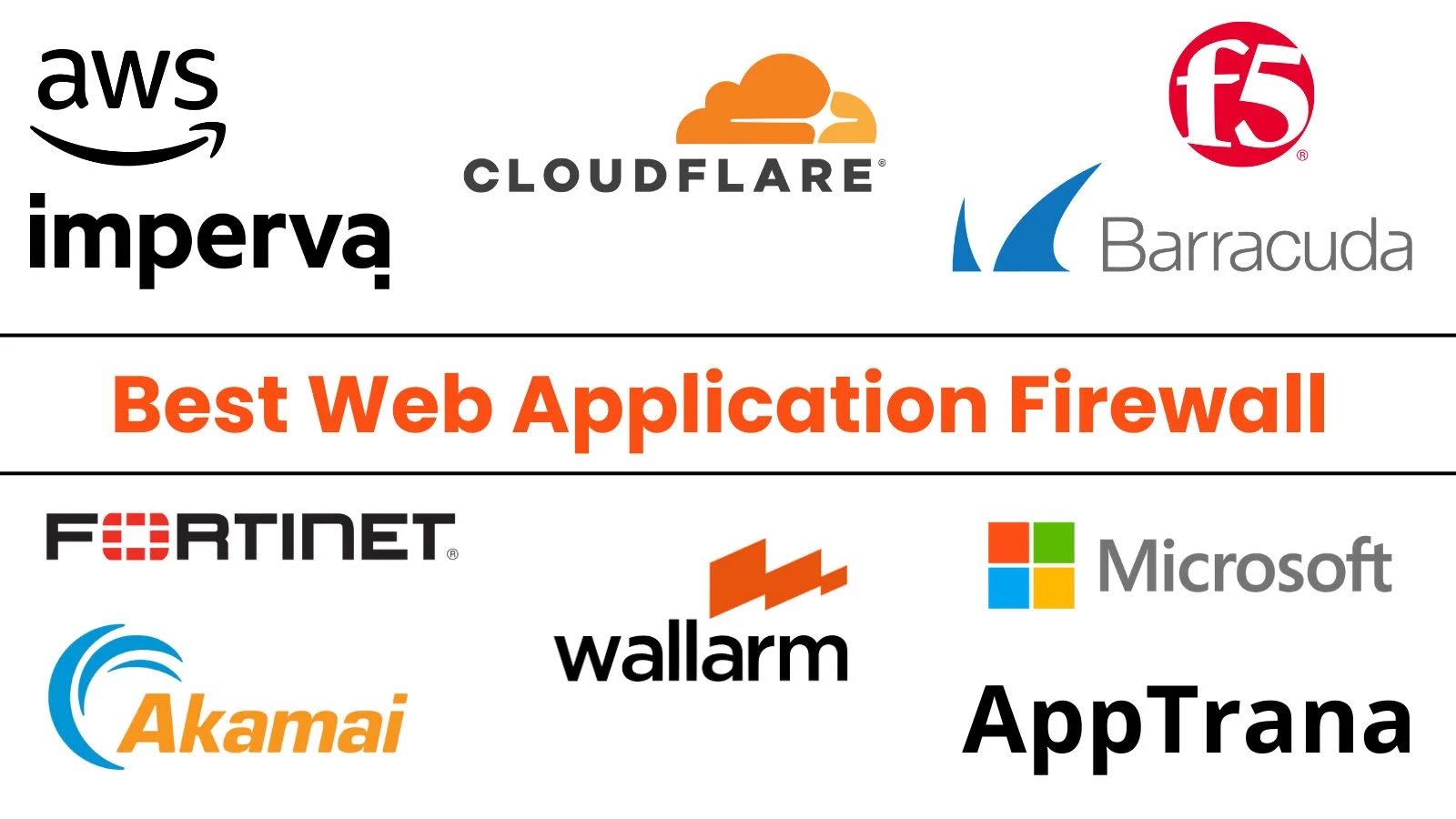
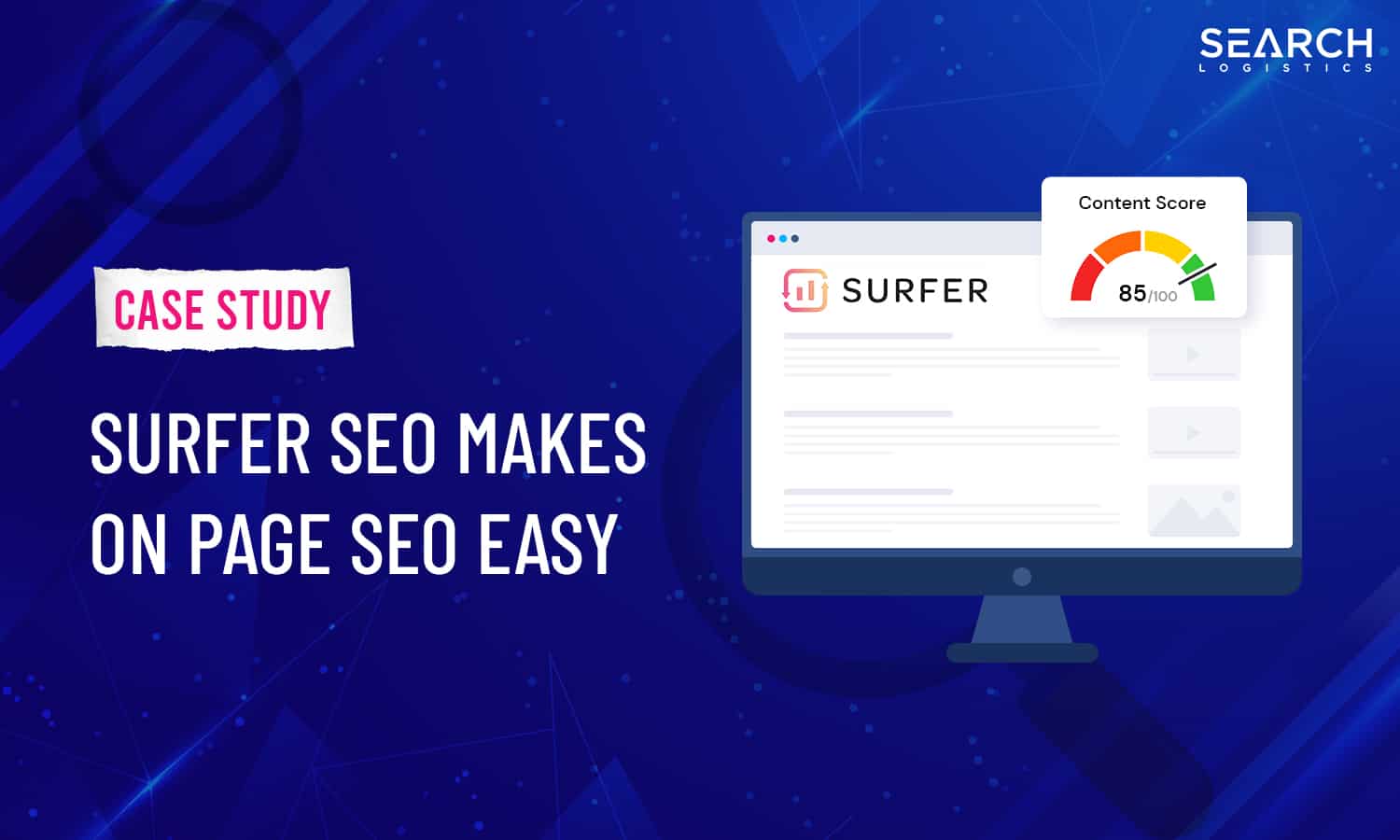
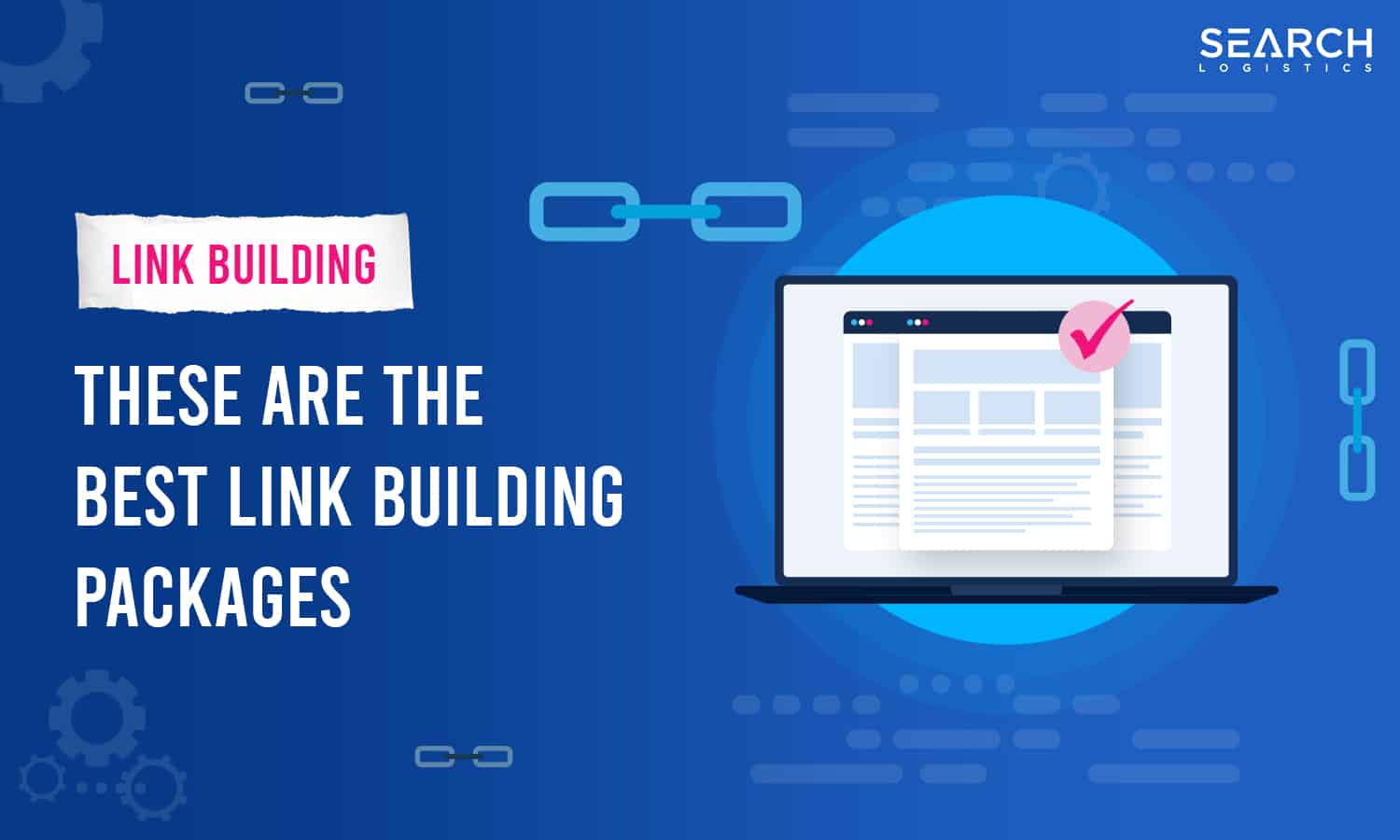
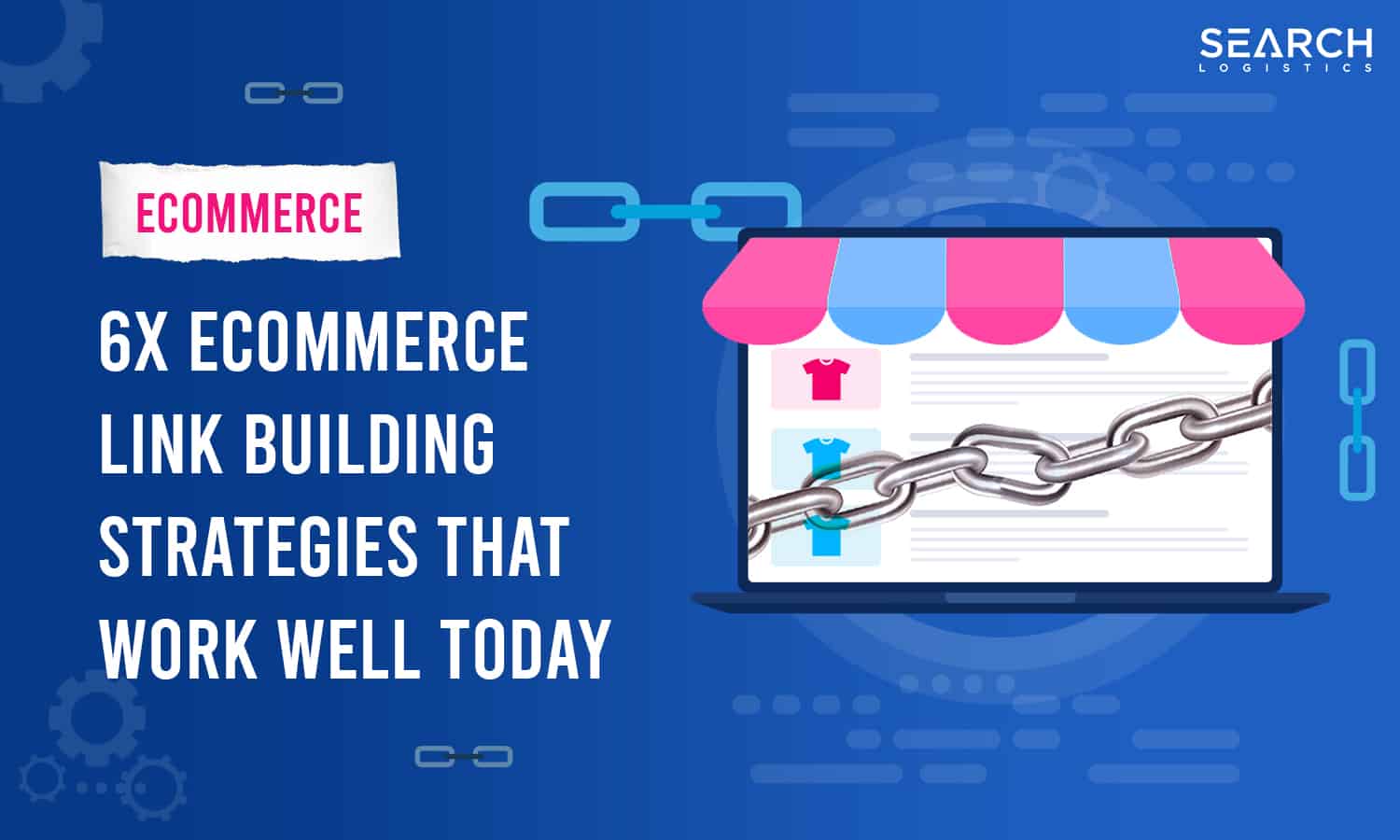
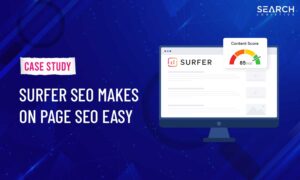
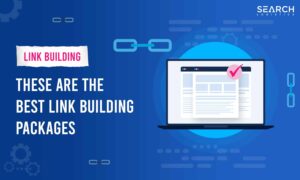
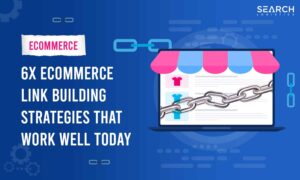
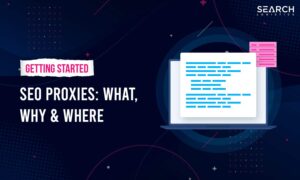
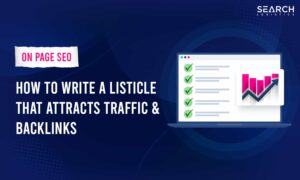
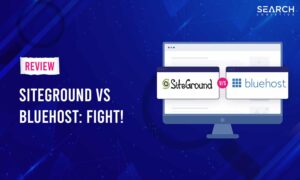
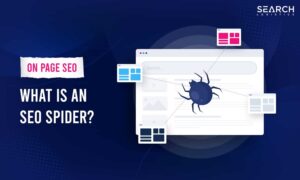
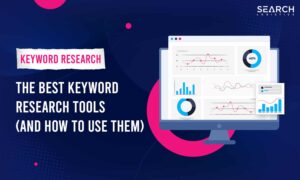


Post Comment